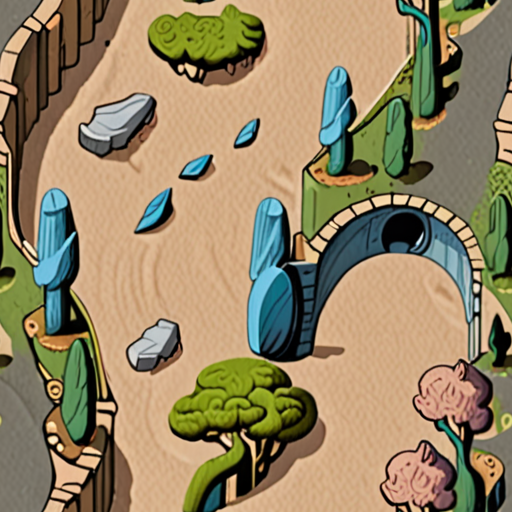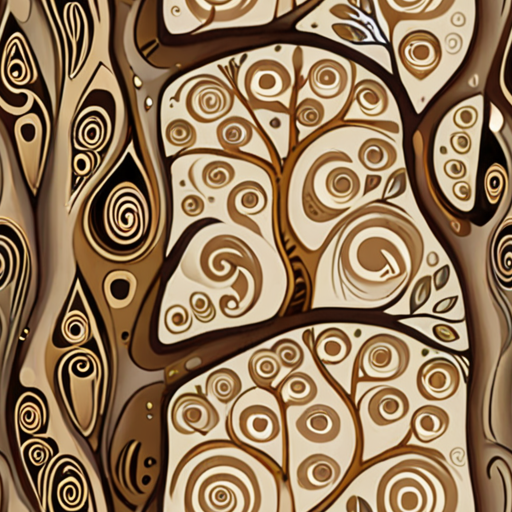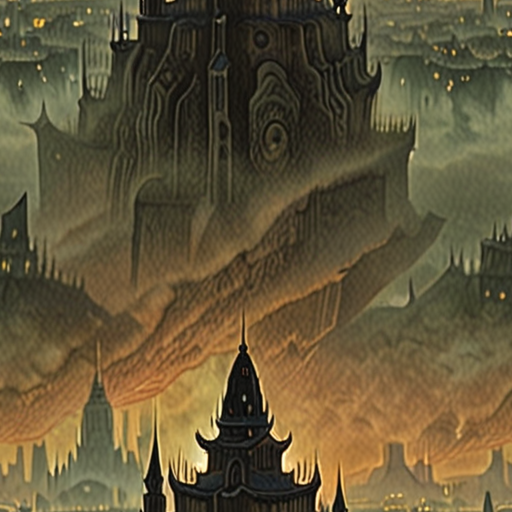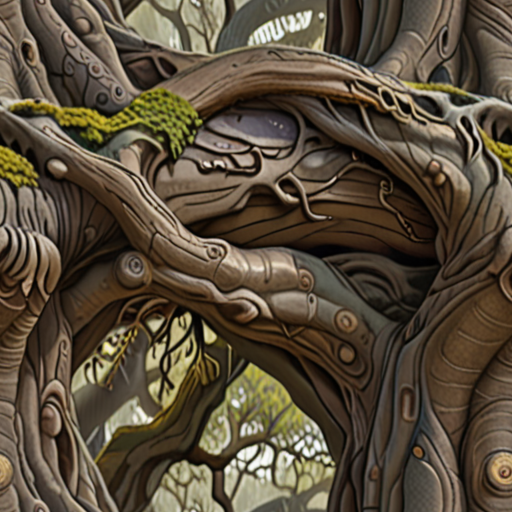Delving into the realm of historical storytelling, we find ourselves immersed in a rich tapestry of narratives that weave together the threads of human experience across time and cultures. From the epic tales of ancient civilizations to the oral traditions passed down through generations, historical storytelling has played a pivotal role in shaping our understanding of the world around us. By exploring the evolution of storytelling, its significance in different eras, and the various forms it has taken, we can gain valuable insights into the human condition and the ways in which our collective past continues to influence our present.

Example of Historical Storytelling
I’ve always been fascinated by the art of weaving historical narratives that transport us to another era.
- Telling the story of the American Civil War, for instance, can be done by highlighting pivotal events and influential figures that led to the conflict between 1848 and 1860.
- A world historian might recount the tale of Australia’s settlement from diverse perspectives, shedding light on the experiences of indigenous peoples, European colonizers, and early settlers.
Narrative Techniques in Historical Storytelling
Effective historical storytelling employs various techniques to engage audiences and convey complex information.
- Personalization: By incorporating personal anecdotes and reflections, historians can humanize historical events and make them more relatable.
- Multifaceted Perspectives: Presenting multiple viewpoints allows readers to gain a deeper understanding of historical contexts and nuances.
- Contextualization: Providing background information and situational analysis helps readers appreciate the significance of historical events.
Historical Storytelling in Modern Times
With the rise of digital media, historical storytelling has become more accessible and interactive.
- Blogs like Old Day offer a platform for historians to share their expertise and connect with enthusiasts.
- Digital archives and online museums have made it easier for people to explore historical artifacts and primary sources.
Best Practices for Historical Storytelling
To effectively convey historical information, consider the following guidelines:
- Accuracy: Verify facts and sources to ensure the integrity of your narrative.
- Clearness: Use simple language and concise structures to facilitate comprehension.
- Engagement: Incorporate visual aids, images, and multimedia elements to captivate your audience.
What Are the 4 Types of Storytelling?
As a history enthusiast, I’m excited to share with you the four primary types of storytelling that have captivated audiences for centuries.
- The Personal Narrative
- Example: A memoir or a personal essay that recounts a significant event or experience in the author’s life.
- Key characteristics: Emotional resonance, vulnerability, and authenticity.
- The Historical Account
- Example: A historical novel or a documentary series that explores a particular era or event.
- Key characteristics: Objectivity, accuracy, and attention to detail.
- The Fable
- Example: A children’s book or a short story that features animals or mythical creatures to illustrate a moral lesson.
- Key characteristics: Symbolism, allegory, and didacticism.
- The Mythological Tale
- Example: A fantasy novel or a film that adapts a classic myth or legend.
- Key characteristics: Symbolism, metaphor, and archetypes.
A personal narrative is a type of storytelling that revolves around an individual’s experiences, emotions, and reflections. It’s a powerful tool for sharing personal growth, lessons learned, and the human condition. By sharing our own stories, we connect with others on a deeper level, fostering empathy and understanding.
A historical account is a type of storytelling that focuses on recounting past events, people, and cultures. It’s a way to preserve our collective memory, learn from the past, and gain insight into the present. By examining historical accounts, we can better understand the complexities of human societies and the factors that shape our world.
A fable is a type of storytelling that uses fictional characters and events to convey moral lessons or teachings. It’s a timeless way to communicate complex ideas, values, and principles in an engaging and accessible manner. By retelling fables, we can pass down wisdom, promote critical thinking, and inspire positive change.
A mythological tale is a type of storytelling that draws upon ancient myths, legends, and folklore. It’s a way to explore the human psyche, examine our deepest fears and desires, and tap into our collective unconscious. By retelling mythological tales, we can gain insight into the human condition, appreciate the power of symbolism, and find meaning in the unknown.
These four types of storytelling – personal narratives, historical accounts, fables, and mythological tales – offer a wealth of creative possibilities and opportunities for connection, reflection, and growth. Whether you’re a writer, artist, or simply someone who loves a good story, exploring these forms can enrich your understanding of the world and your place within it.

Storytelling History
As a fundamental aspect of human expression, storytelling has been an integral part of our collective heritage since the dawn of civilization.
- The earliest recorded forms of storytelling date back to ancient civilizations in Mesopotamia, Egypt, and Greece, where oral traditions played a crucial role in passing down myths, legends, and historical events.
- In these cultures, storytelling served as a means of preserving knowledge, sharing experiences, and conveying moral values, often through the use of epic poems, songs, and dramatic performances.
- As societies evolved, storytelling adapted to new mediums and technologies, giving rise to written literature, theater, film, and eventually digital media.
- Throughout history, storytelling has continued to play a vital role in shaping our understanding of the world, ourselves, and our place within it.
From the ancient tales of Homer’s Iliad and Odyssey to modern-day novels, films, and podcasts, storytelling remains an essential part of human communication, allowing us to connect with others, explore complex emotions, and find meaning in our lives.
The Evolution of Storytelling
Over time, storytelling has undergone significant transformations, influenced by advances in technology, social changes, and cultural developments.
- The advent of printing press in the 15th century enabled mass production of books, making written literature more accessible and contributing to the spread of literacy.
- The rise of cinema in the late 19th and early 20th centuries revolutionized the medium of storytelling, introducing visual narratives and immersive experiences.
- The emergence of digital media in the latter half of the 20th century further expanded the possibilities of storytelling, enabling global connectivity, interactive engagement, and diverse forms of expression.
- Today, we witness the proliferation of new platforms, formats, and styles, reflecting the dynamic and ever-changing nature of storytelling.
Preserving and Celebrating Storytelling Heritage
As we navigate the complexities of the modern world, it is essential to acknowledge and honor the rich legacy of storytelling that has shaped our collective identity.
We can preserve and celebrate this heritage by:
- Supporting initiatives that promote literacy, education, and access to storytelling resources.
- Engaging with traditional and contemporary storytelling forms, exploring diverse perspectives and experiences.
- Fostering creative communities, encouraging innovation, and embracing emerging technologies that enhance the art of storytelling.
- Sharing our own stories, listening to others, and cultivating empathy and understanding through the power of narrative.

The Oldest Example of Storytelling
The earliest evidence of storytelling dates back to the Upper Paleolithic era, around 40,000 to 10,000 years ago.
- Cave paintings found in Lascaux and Chauvet caves in France, which are estimated to be between 17,000 and 15,000 years old, depict various scenes of everyday life, hunting, and animal imagery.
- These early artworks demonstrate a level of cognitive sophistication and artistic expression, suggesting that early humans had a capacity for storytelling and communication.
- The discovery of these ancient cave paintings has sparked debate among scholars about the origins of human culture and the role of storytelling in shaping our collective identity.
Early Forms of Storytelling
While we can’t pinpoint a single oldest example of storytelling, it’s clear that early humans used various forms of expression to convey meaning and share experiences.
- Rock art and petroglyphs, found in locations such as Australia’s Kakadu National Park and Africa’s Tsodilo Hills, showcase early human creativity and narrative skills.
- Oral traditions, passed down through generations, likely played a significant role in preserving cultural knowledge and myths.
- The development of written languages, such as Sumerian cuneiform and Egyptian hieroglyphics, marked a crucial milestone in the evolution of storytelling.
Evolution of Storytelling
From its humble beginnings in cave paintings and oral traditions, storytelling has evolved significantly over time, influenced by technological advancements, social changes, and cultural exchange.
- The invention of the printing press enabled mass production of books, making written stories accessible to a wider audience.
- The rise of film and television transformed the way stories are consumed, introducing new formats and mediums for storytelling.
- The internet and digital technologies have further democratized storytelling, allowing individuals to create and share their own narratives globally.
The Oldest Known Story in History
The Epic of Gilgamesh is widely regarded as the oldest surviving work of literature, dating back to ancient Mesopotamia around 2100 BC.
- This epic poem tells the story of Gilgamesh, a king of Uruk in Sumeria, who embarked on a quest for immortality after the death of his friend Enkidu.
- The story explores themes of friendship, love, loss, and the human condition, making it a timeless classic that continues to captivate audiences worldwide.
- Its significance extends beyond its literary merit, as it provides valuable insights into the culture, politics, and mythology of ancient civilizations.
- The Epic of Gilgamesh has been translated into many languages and has influenced countless works of literature, art, and music throughout history.
Why is the Epic of Gilgamesh Considered the Oldest Known Story?
The Epic of Gilgamesh is considered the oldest known story due to several factors:
- Its age: The earliest surviving copies of the epic date back to around 2100 BC, making it one of the oldest surviving works of literature.
- Its influence: The Epic of Gilgamesh has had a profound impact on literature, art, and culture, influencing countless works throughout history.
- Its universality: The story’s themes of friendship, love, loss, and the human condition continue to resonate with people across cultures and time.
- Its archaeological significance: The discovery of the Epic of Gilgamesh has shed light on the culture, politics, and mythology of ancient civilizations.
Other Notable Ancient Stories
While the Epic of Gilgamesh is widely regarded as the oldest known story, there are other notable ancient stories worth mentioning:
- The Pyramid Texts: These ancient Egyptian texts date back to around 2400 BC and contain spells and prayers meant to guide the deceased pharaohs on their journey to the afterlife.
- The Sumerian King List: This ancient Sumerian text dates back to around 2100 BC and contains a list of kings of Sumer, along with their lengths of reign and achievements.
- The Rigveda: This ancient Indian Vedic text dates back to around 1500 BC and contains hymns, prayers, and philosophical discussions on the nature of the universe and humanity.

How Did They Tell Stories in the Olden Days?
Storytelling has been an integral part of human culture since the dawn of time, long before the advent of written records.
- The earliest forms of storytelling were typically oral, often accompanied by gestures and facial expressions to convey emotions and emphasize key points.
- These early storytellers would share tales of myths, legends, and historical events, passing down knowledge and values from generation to generation.
Oral Storytelling Techniques
Oral storytellers employed various techniques to engage their audiences and convey complex ideas:
- Voice Inflections : Using pitch, tone, and volume to convey emotions and emphasize important details.
- Gestures : Employing hand movements, body language, and facial expressions to illustrate points and add emphasis.
- Rhythm and Meter : Utilizing rhythmic patterns and meter to create a sense of musicality and make the story more memorable.
Storytelling in Ancient Cultures
Storytelling played a vital role in ancient cultures, serving as a means of preserving history, sharing cultural values, and entertaining audiences:
- Egyptian Hieroglyphics : Depicting stories and myths on temple walls and papyrus scrolls.
- Greek Tragedies : Performing plays that retold epic stories and mythological tales.
- African Oral Traditions : Sharing stories of ancestors, gods, and goddesses through spoken word and music.
Preserving Stories Through Time
As civilizations evolved, storytelling adapted to new technologies and mediums:
- Written Records : Transcribing stories onto parchment, paper, and digital screens.
- Pictorial Representations : Illustrating stories through art, sculpture, and photography.
- Performative Arts : Bringing stories to life through theater, dance, and music.
Conclusion
From ancient oral traditions to modern-day performances, storytelling remains an essential aspect of human culture, allowing us to connect with our past, share experiences, and inspire future generations.
0 Comments